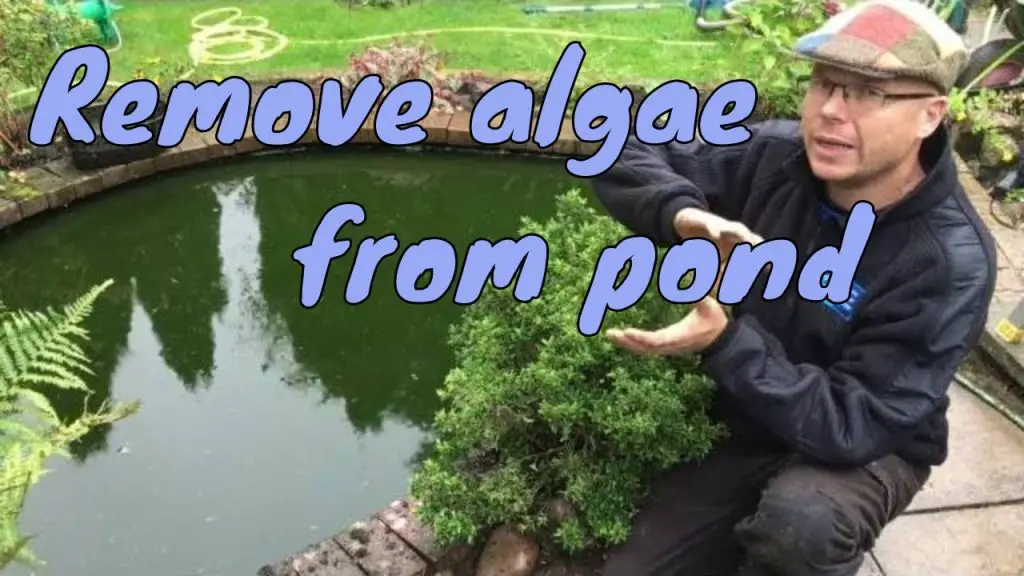
Credit: m.youtube.com

Credit: www.wikihow.com
What is Algae?
Algae is a type of plant that grows in water and is often green in color. It is a natural part of a pond’s ecosystem and is essential for oxygen production. However, when algae grows out of control, it can cause problems for your pond and its inhabitants. Excessive algae growth can turn your pond water green, cause unpleasant odors, and harm fish and other aquatic life.Types of Algae in Ponds
There are three types of algae that typically grow in ponds: green algae, blue-green algae, and string algae. Green algae is the most common type of algae found in ponds and is the one that turns the water green. It is caused by an excess of nutrients in the water, such as nitrogen and phosphorus. Blue-green algae, also known as cyanobacteria, is a type of algae that is toxic to both humans and animals. It can cause skin irritation, nausea, and vomiting if ingested. String algae, also known as filamentous algae, is a type of algae that grows in long strands and can form mats on the surface of the water. It is often caused by excess sunlight and nutrient levels in the water.How to Get Rid of Algae in Ponds
There are several ways to get rid of algae in ponds. The best method will depend on the type of algae you are dealing with and the severity of the problem. Here are some methods that you can try:1. Manual Removal
One of the simplest ways to get rid of algae is to manually remove it from your pond. Use a net to scoop out any visible algae, taking care not to disturb the plants and fish in your pond. This method is best for small amounts of algae.2. Reduce Nutrient Levels
Since green algae is caused by an excess of nutrients in the water, reducing these levels can help prevent algae growth. Avoid overfeeding fish and use a pond skimmer to remove any debris from the water. You can also add plants to your pond, such as water lilies and water hyacinths, which can help absorb excess nutrients.3. Use Algaecides
Algaecides are chemicals that are designed to kill algae. They come in liquid or granular form and are easy to apply to your pond. However, it is important to follow the instructions carefully, as some algaecides can harm fish and other aquatic life.4. Install A Uv Clarifier
A UV clarifier is a device that uses ultraviolet light to kill algae. It works by exposing the water to UV rays, which break down the algae cells and prevent them from reproducing. UV clarifiers are a safe and effective way to control algae growth in your pond.5. Add Beneficial Bacteria
Beneficial bacteria, such as aerobic bacteria and enzymes, can help break down organic matter in your pond and reduce nutrient levels. This can help prevent algae growth and keep your pond clean and clear. You can find beneficial bacteria products at most garden centers and pond supply stores.Preventing Algae Growth in Ponds
Preventing algae growth in your pond is easier than trying to get rid of it once it has taken hold. Here are some tips to help prevent algae growth:- Don’t overfeed fish
- Use a pond skimmer to remove debris from the water
- Avoid using fertilizers near your pond
- Add plants to your pond to absorb excess nutrients
- Install a UV clarifier to prevent algae growth




